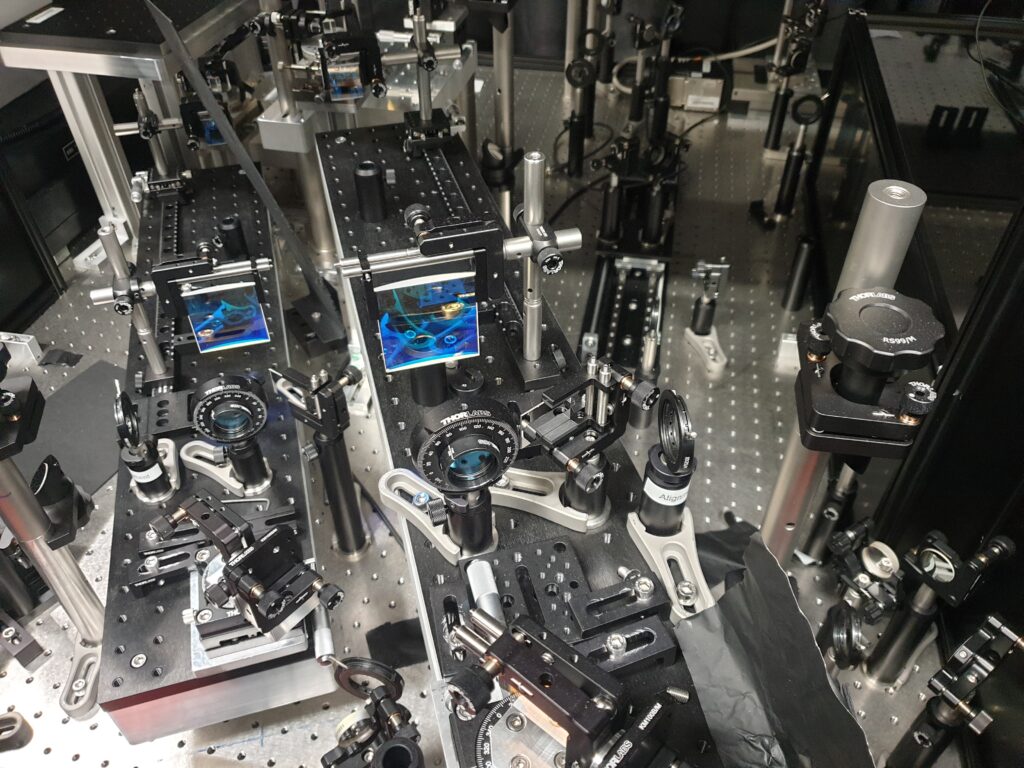Unlike conventional spectroscopy, which usually measures responses based on a single variable like frequency or time, multidimensional spectroscopy captures interactions across multiple domains, such as frequency, time, and spatial dimensions. This approach provides a more detailed and comprehensive analysis of a system’s properties. In our lab, we focus on understanding strongly correlated condensed matter systems. To achieve this, we develop innovative multidimensional spectroscopy techniques in the terahertz (THz) frequency range, which is particularly well-suited for studying the collective phenomena we are most interested in.



